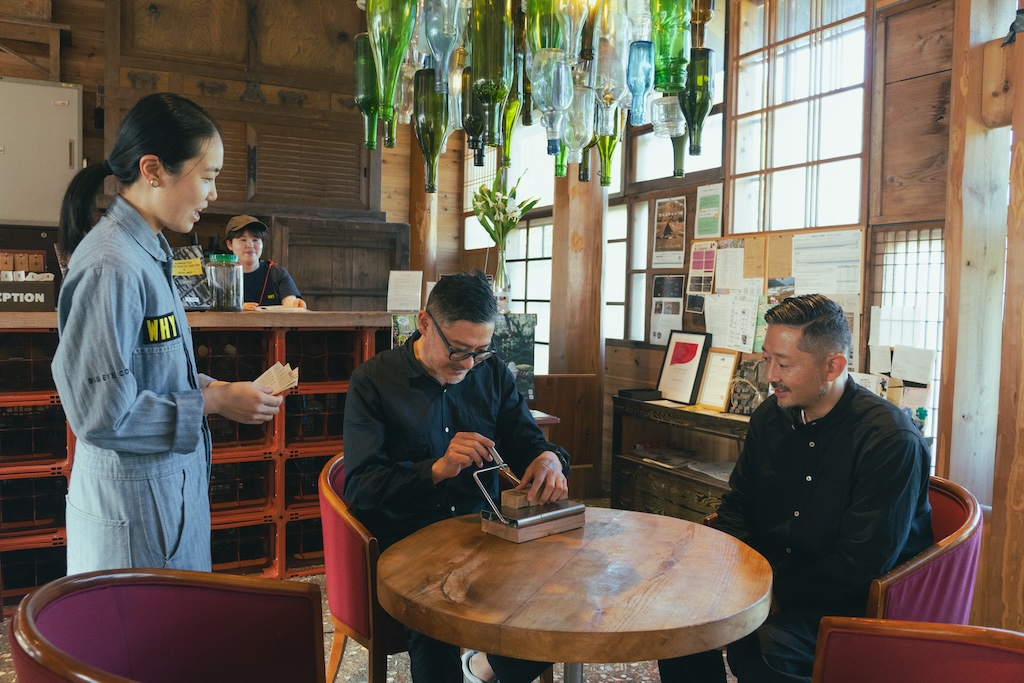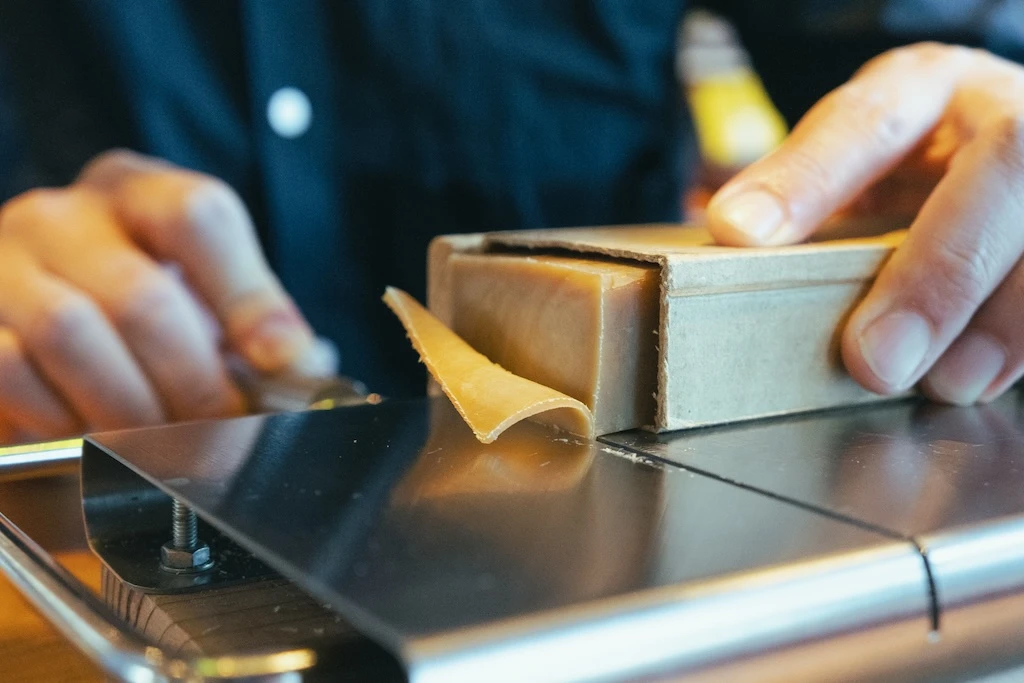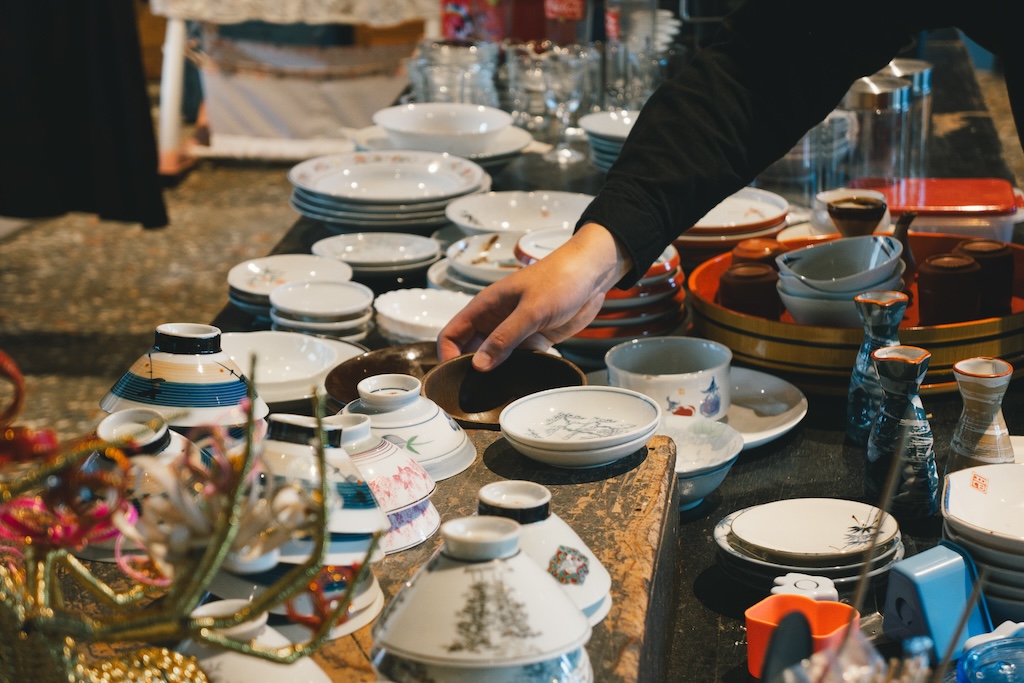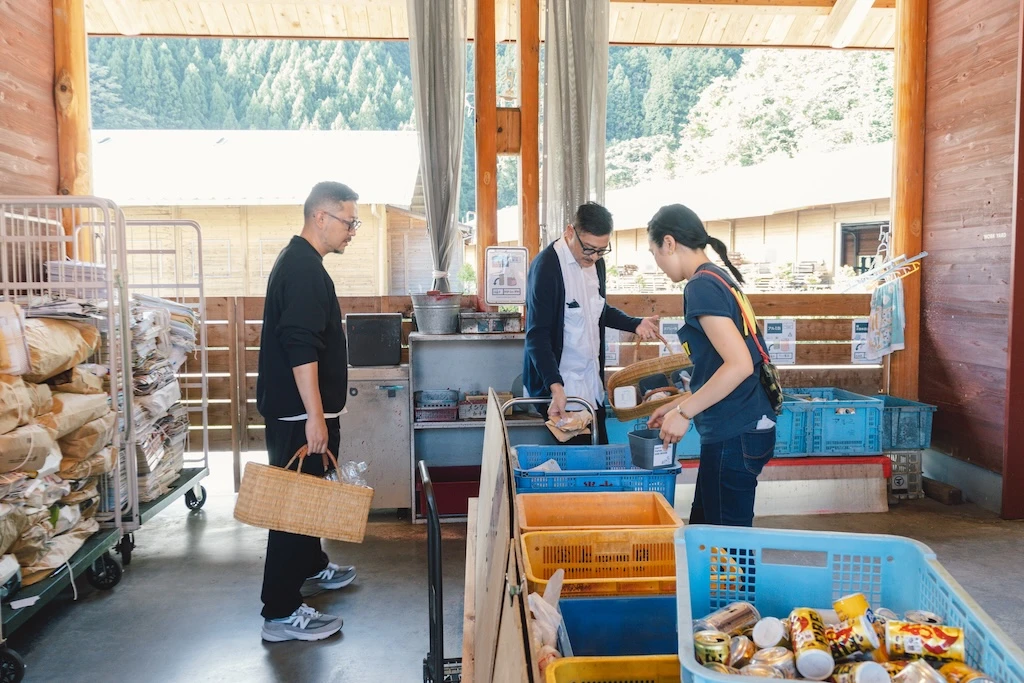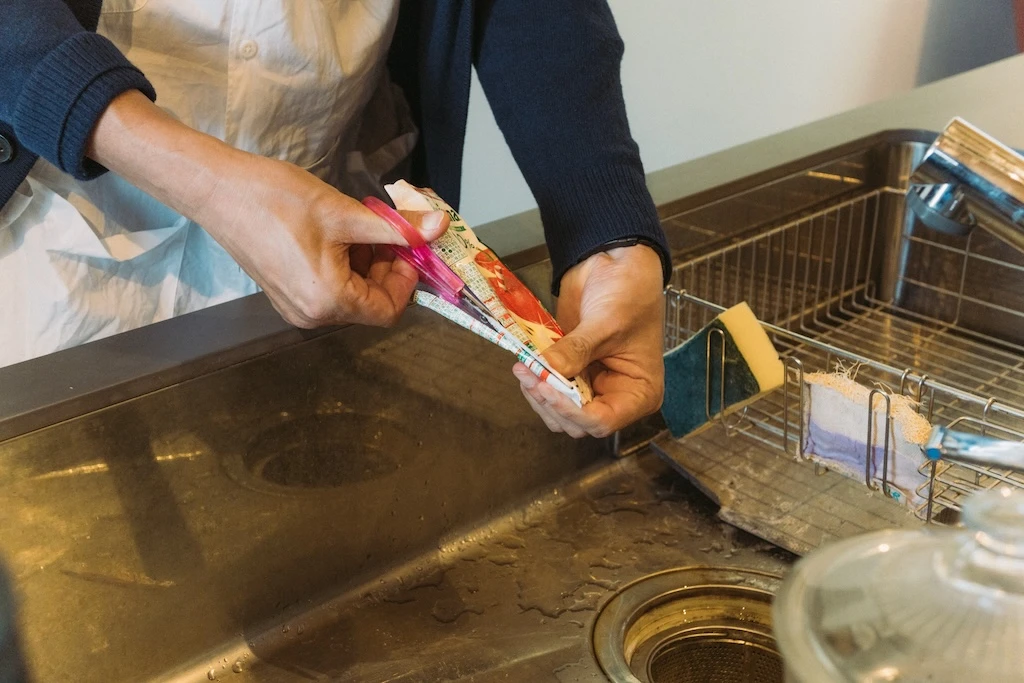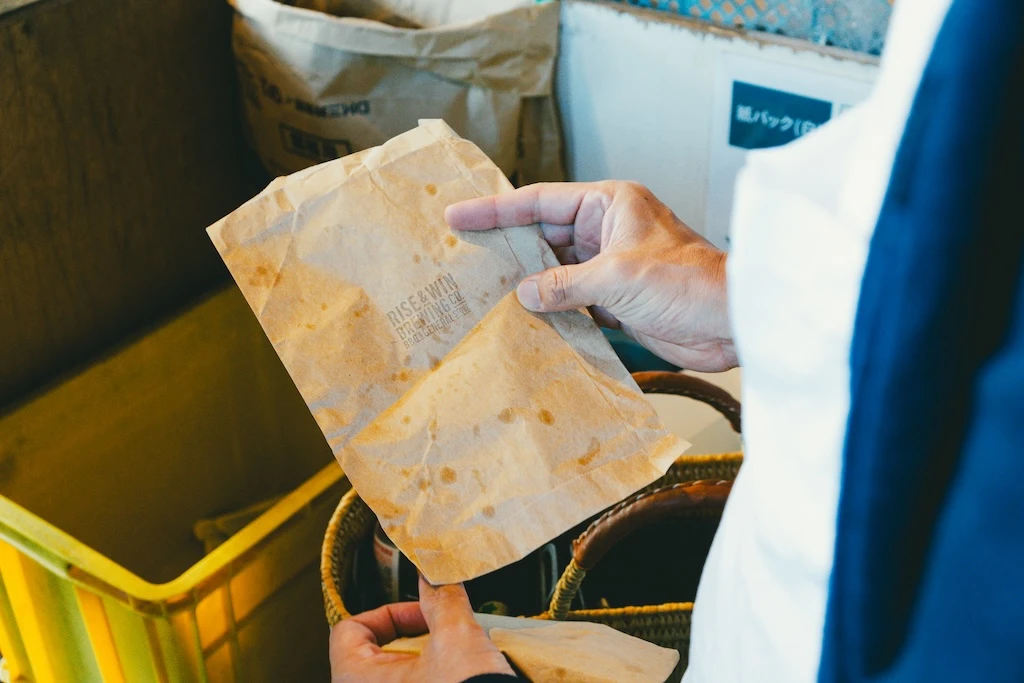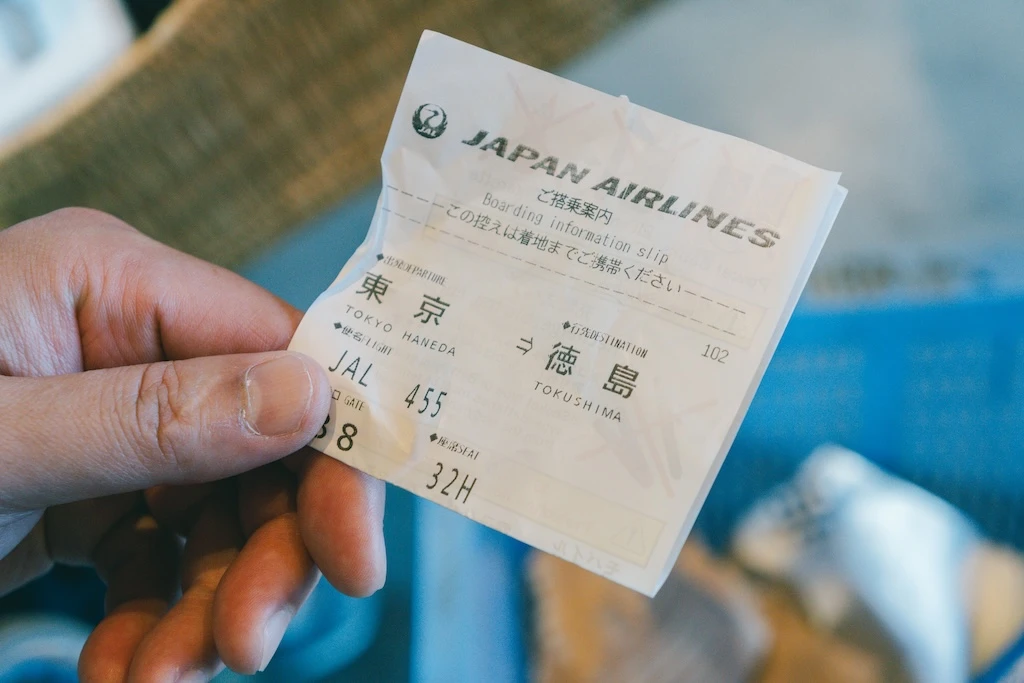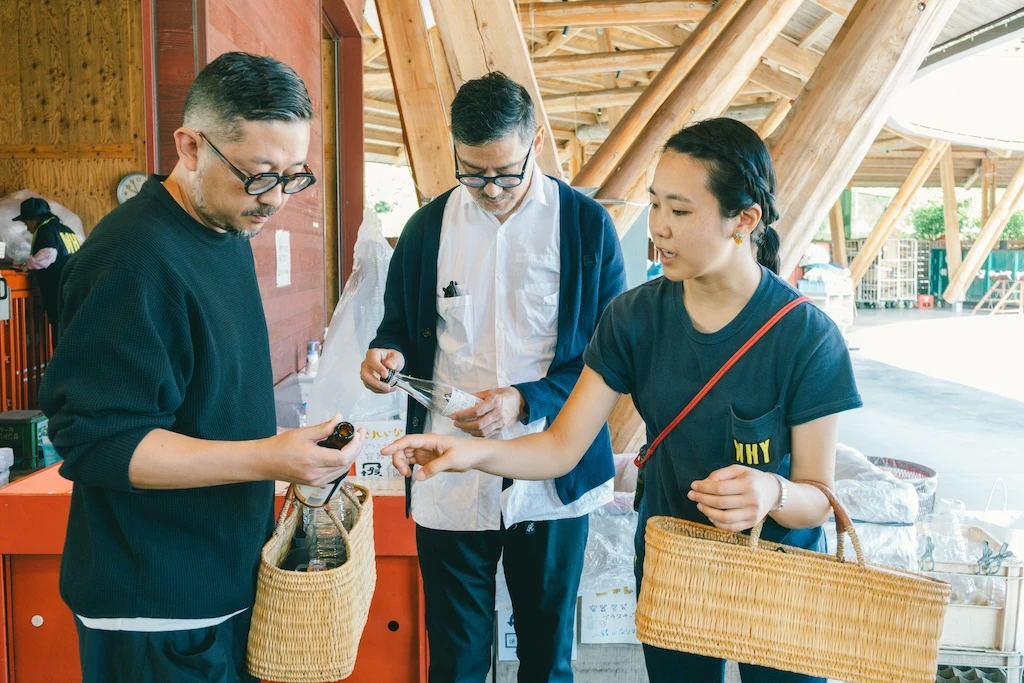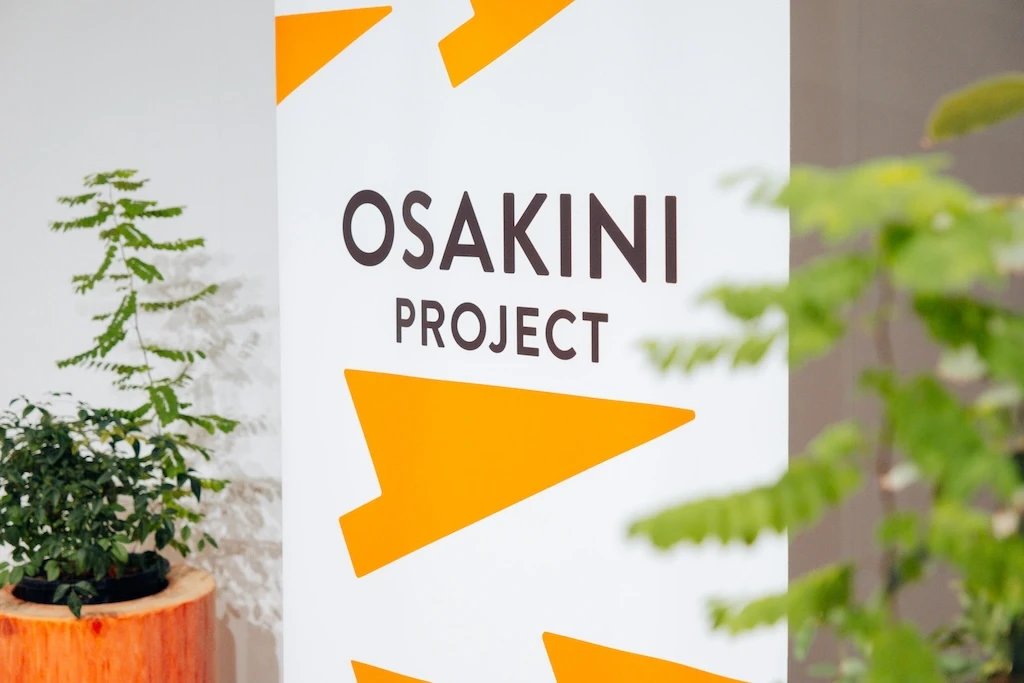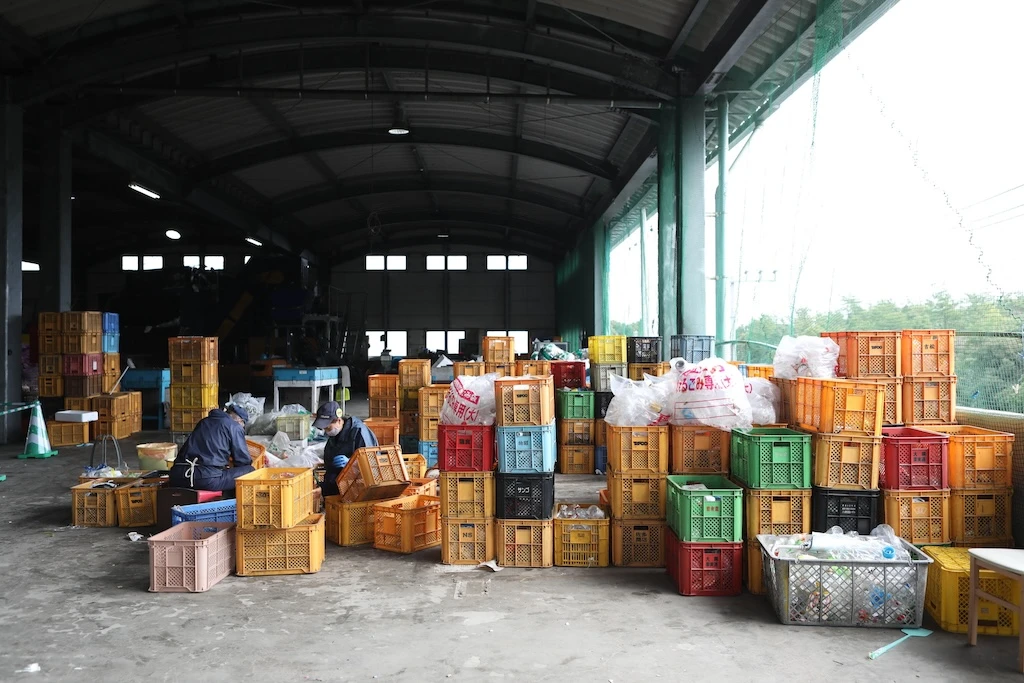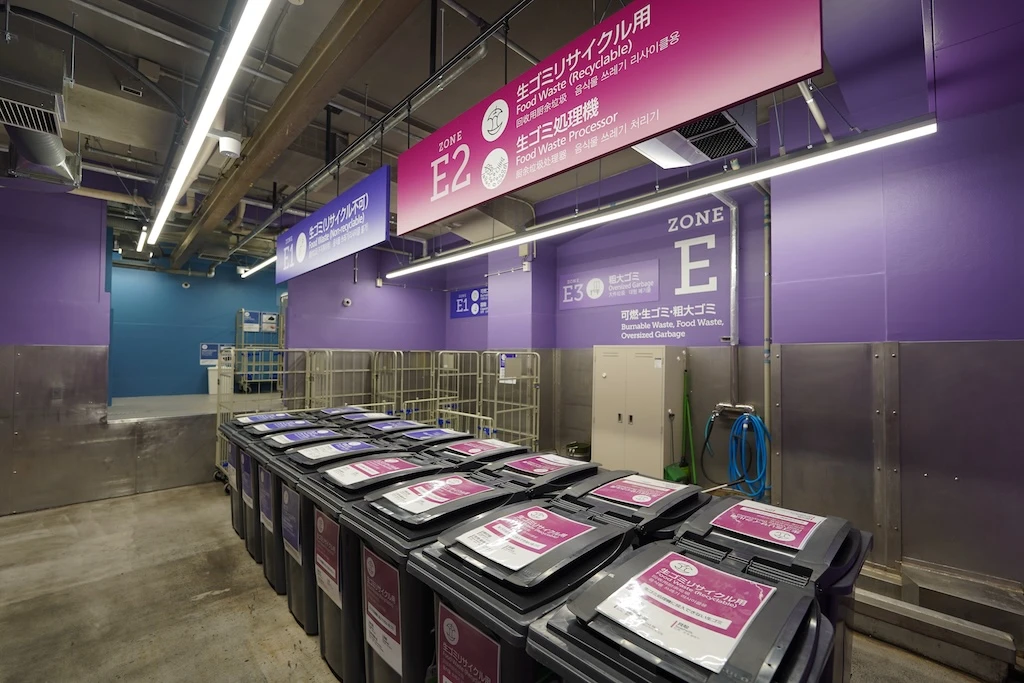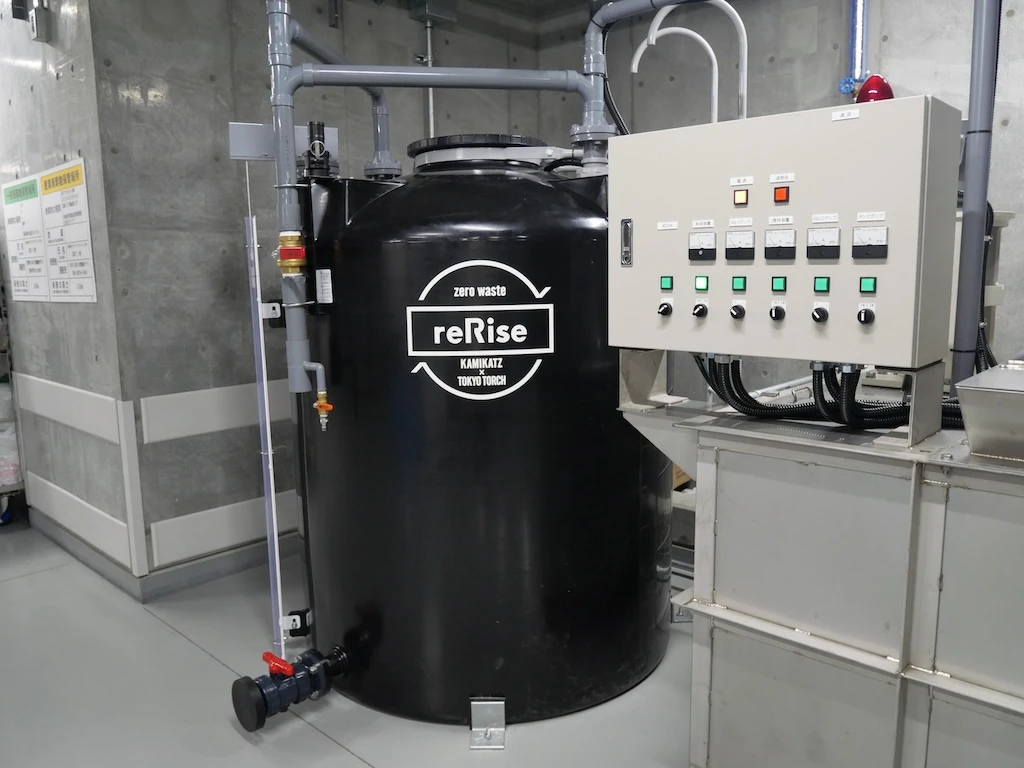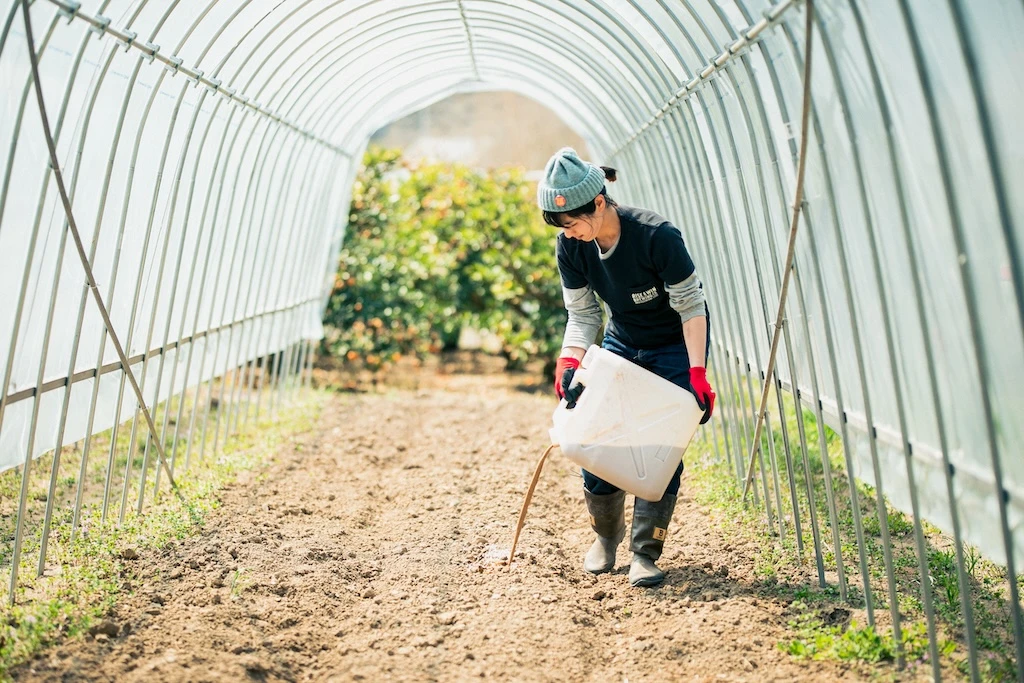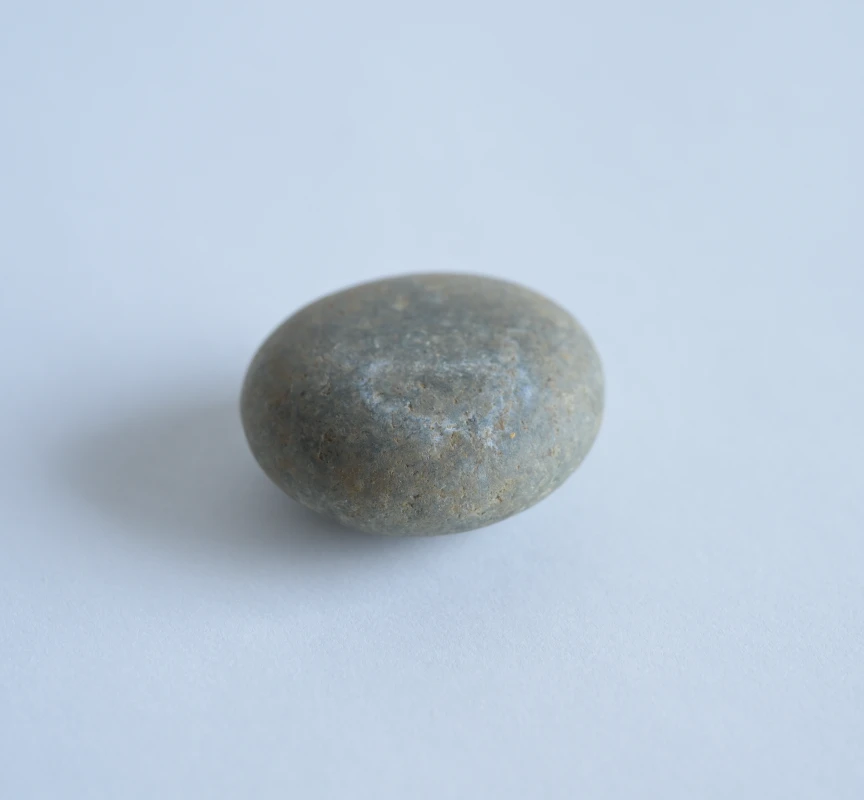Feature
Experiencing Zero-Waste Firsthand: A Town Committed to Producing No Trash
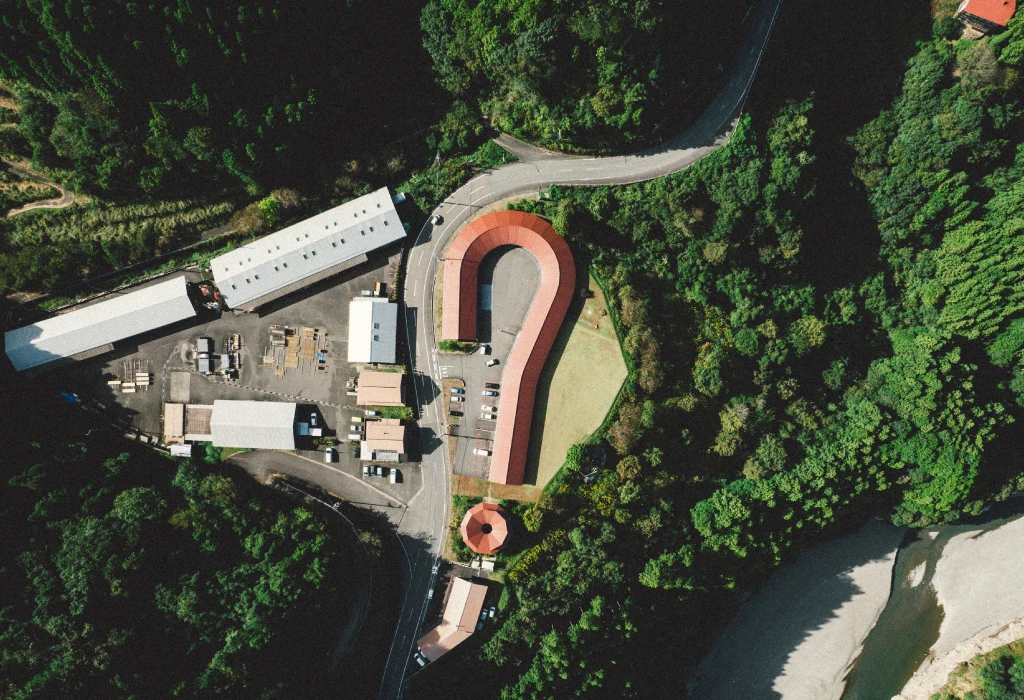
Index
How Much Soap Do You Use in Two Days?
A Unique Lodging Experience at HOTEL WHY
From Open Burning to a Zero-Waste Leader
Expanding Awareness Through Enjoyment
World Expansion of Zero-Waste Initiatives
Building a Circular Society
880 grams. This is the average amount of waste generated per person per day in Japan. Annually, that translates to approximately 40.34 million tons of waste nationwide—enough to fill 108 Tokyo Domes.* Of this, only about 20% is recycled, while roughly 80% is incinerated.
One municipality actively working to improve this situation is Kamikatsu Town in Tokushima Prefecture. In 2003, it became the first in Japan to declare a “Zero-Waste” initiative, pledging to eliminate waste entirely. By 2020, the town had achieved an impressive recycling rate of over 80%. At the heart of these efforts is the Kamikatsu Zero Waste Center “WHY”, a multi-purpose facility where residents actively participate in waste sorting—separating their waste into an astonishing 43 different categories. Beyond waste disposal, the center also features a one-of-a-kind accommodation facility that integrates waste-conscious design, offering visitors a new perspective on the relationship between waste and people.
For this article, two key figures from the design team behind the Japan Pavilion at Expo 2025 Osaka, Kansai visited Kamikatsu: Yoshiaki Irobe, responsible for design, and Jumpei Watanabe, overseeing the linguistic elements. Over the course of their two-day, one-night stay, they engaged with the individuals behind Kamikatsu’s zero-waste initiatives, gaining firsthand insights into the town’s waste management philosophy. Their goal was to explore how Kamikatsu’s approach to waste reduction could inform and inspire the “circularity” theme of the Japan Pavilion.
*Source: Ministry of the Environment, “Status of General Waste Emissions and Disposal (FY 2022).” Household waste per person per day: 496 grams.
How Much Soap Do You Use in Two Days?
A little over an hour’s drive from Tokushima Awa Odori Airport through mountain roads leads to the Kamikatsu Zero Waste Center. Nestled in the lush greenery of the Shikoku Mountains, the facility consists of several elements: the Garbage Station, where household and business waste is sorted; the Community Hall, where residents gather; the HOTEL WHY, offering a unique lodging experience; and the Kurukuru Shop, a reuse store where residents can exchange unwanted items.
Unlike a typical hotel, guests at HOTEL WHY receive a Zero-Waste Action Guide before checking in. This time, the tour was led by Momona Otsuka, the Chief Environmental Officer (CEO) of the center.
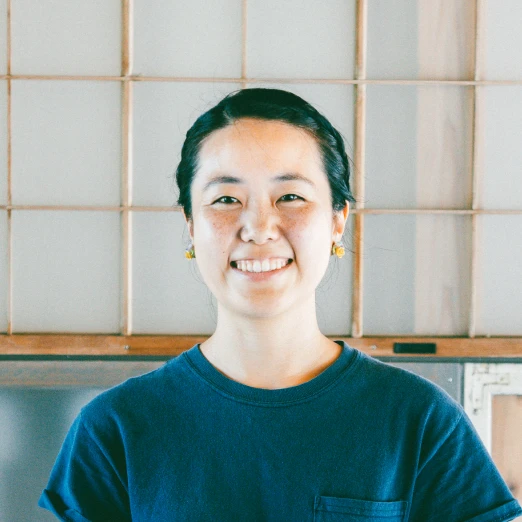
Otsuka
Welcome to the Zero Waste Center! Before heading to your rooms, let's start by estimating how much soap you’ll need for your stay and cutting off just that amount. Yoshiaki, how much do you think one person needs?
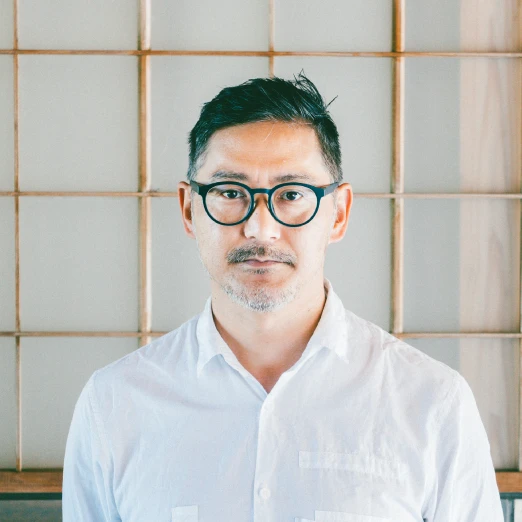
Irobe
This is harder than I expected… Maybe about this much?
Most of us rarely stop to consider how much soap we actually use in a day. This exercise is a simple yet effective way to introduce the fundamental zero-waste principle of “using only what you need.”
Next, Otsuka handed each guest a waste-sorting basket.

Everything you discard during your stay—used tea leaves, tissues, and all other waste—should go into this basket. Tomorrow, you'll participate in the waste-sorting experience at the Garbage Station.
A Unique Lodging Experience at HOTEL WHY
As they settled in, Irobe and Watanabe found themselves in a building that seamlessly integrates waste-conscious design and innovative ideas. The HOTEL WHY is constructed using repurposed windows arranged in a patchwork-like pattern and furnished with items salvaged from other accommodations, embodying the concept of waste reduction in every detail.
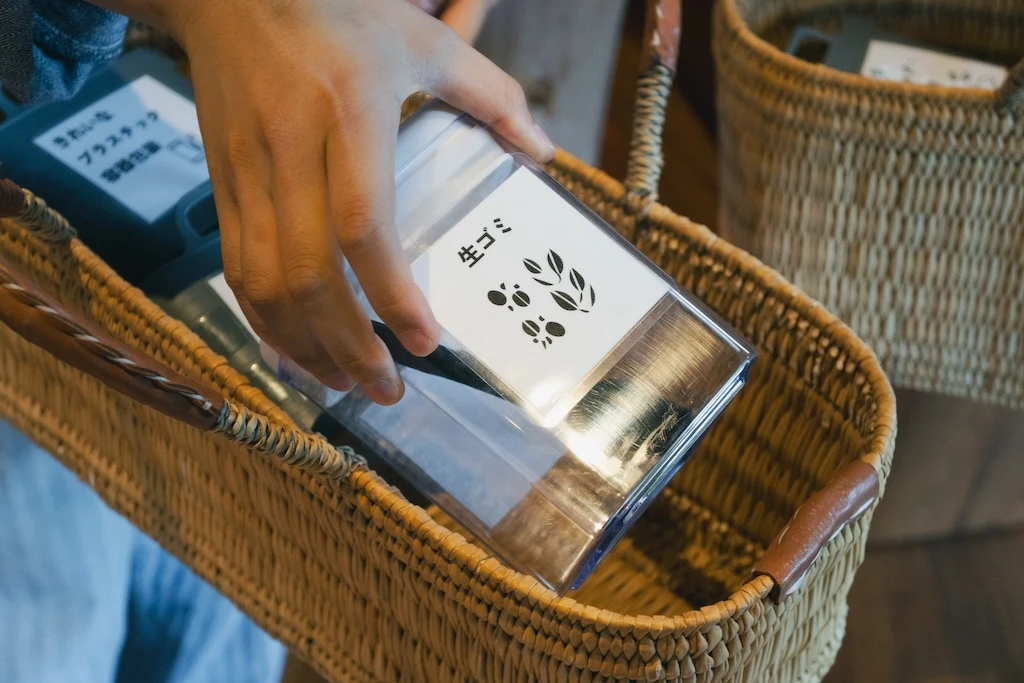
On the wooden deck, they brewed just enough coffee and tea to match their declared consumption, savoring the drinks while enjoying the night breeze. They also carefully sorted their waste, placing it in the designated bins in their baskets. The absence of excess created a sense of closeness to nature, making each action feel fresh and deliberate.
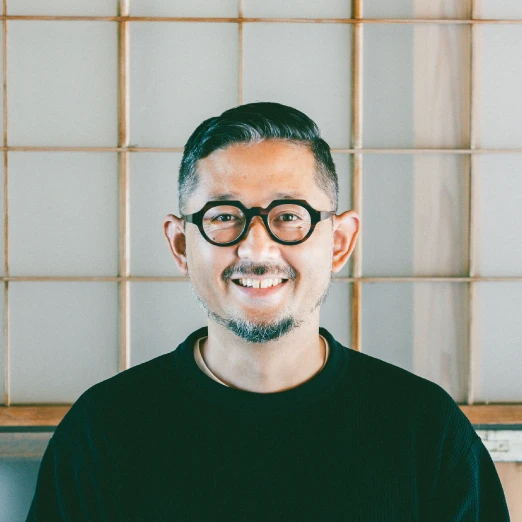
Watanabe
Being mindful about minimizing waste makes me feel more conscious of my actions—almost as if they become more refined.

Irobe
Every action feels more intentional than usual, yet it doesn’t feel restrictive. In fact, it’s oddly liberating.
The next morning, a locally sourced breakfast was delivered from a nearby shop. The shop, which also operates a craft brewery during the day, provided a meal featuring fresh citrus fruits, fish cutlets, and warm, freshly baked bread. Even the packaging, such as the paper bag for the bread and the citrus peels, was later sorted at the Garbage Station.
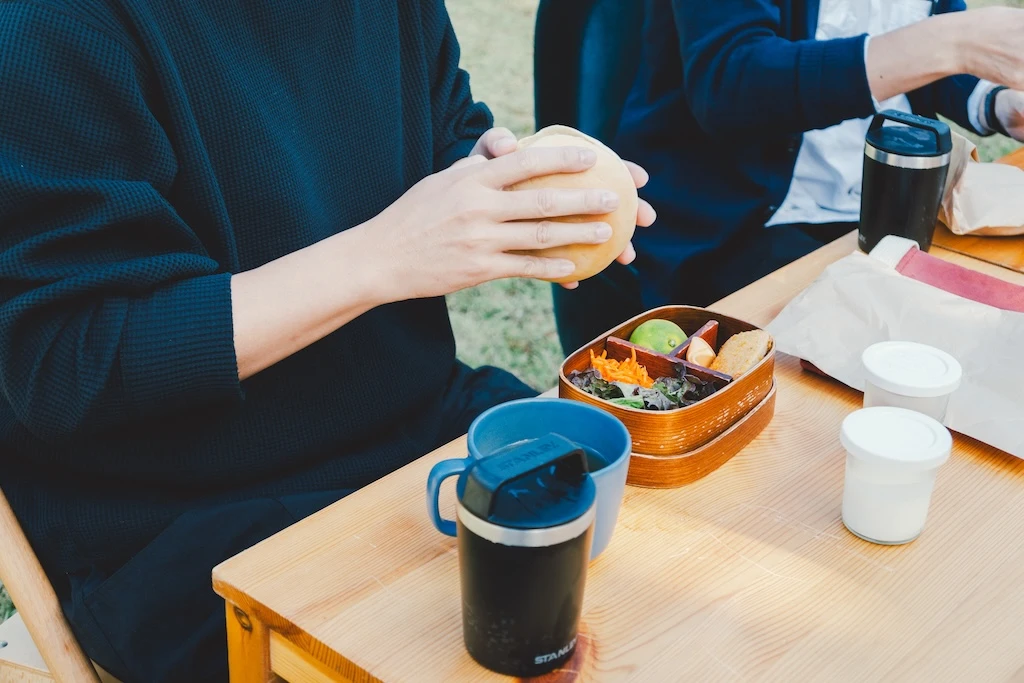
After breakfast, the two guests joined Otsuka at the backyard composting area. She explained the simple yet effective composting system used in Kamikatsu, where food waste is decomposed by microorganisms.

Otsuka
This composting box contains black soil. Since fermentation occurs more efficiently in warmth, the lid is transparent to allow sunlight in. Ventilation is also crucial, so we designed it with a sloped lid to prevent airtight sealing. We divided the composting area into six sections—each day, waste is added to a different section to speed up decomposition. For easily biodegradable items, decomposition takes as little as six days.
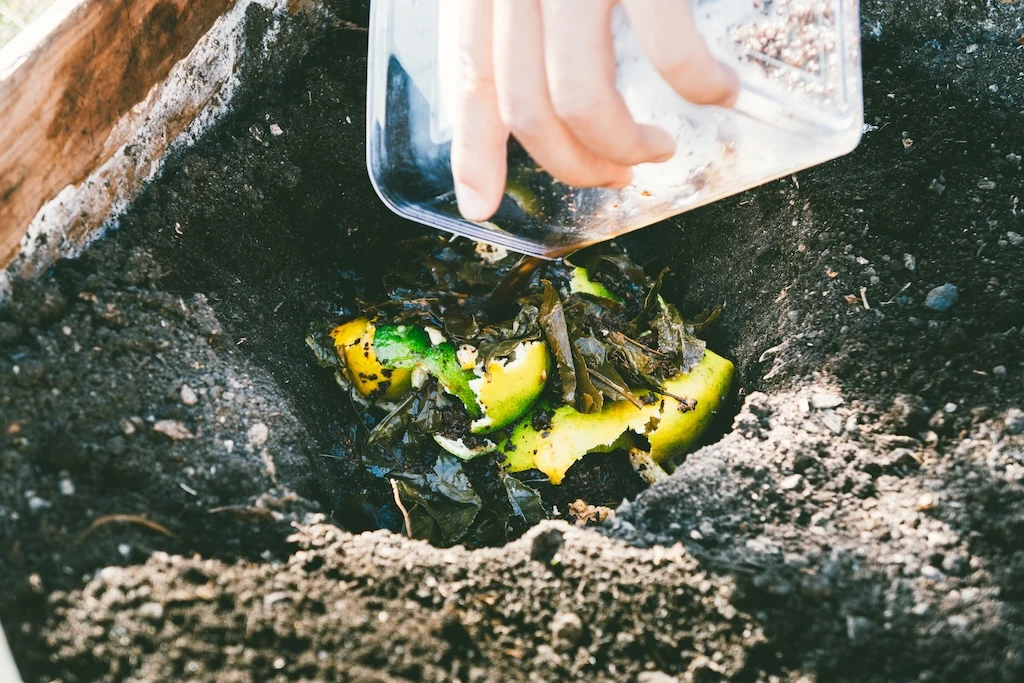

Irobe
I can’t believe that the citrus peels from this morning, as well as the tea leaves and coffee grounds, will disappear in such a short time.

Otsuka
Aerating the soil helps activate the microorganisms, so it's important to mix the soil regularly with a shovel. In Kamikatsu, we don't collect food waste at the Garbage Station—instead, each household processes it in their own compost. Since food waste contains moisture, it decays quickly and can create unpleasant odors or contaminate recyclable materials like paper and plastic. That’s why we separate it from the start. The town even provides subsidies so residents can purchase an electric composting unit for a personal contribution of about 10,000 yen.

Watanabe
That’s an incredible initiative. But what about animal-based food waste? Will it break down properly in the compost?

Otsuka
Yes, meat and other animal-based waste can go into the compost without any issues. In fact, microorganisms prefer breaking them down. However, eggshells, bones, and seashells don’t decompose easily, so we advise against adding them.
After placing their breakfast waste into the compost, the two headed to the Garbage Station to sort the rest of their waste. Even after just one night, they were surprised by how much waste had accumulated—plastic wrappers, paper napkins, tea leaves, and more.
With Otsuka’s guidance, they carefully sorted their waste into the 43 designated categories, including paper, plastic, glass, and metals.
Some items contain a mix of plastic and metal, making them difficult to break down.

Otsuka
Take a look at the table near the entrance—there you’ll find lighters, pens, and umbrellas. These are awaiting disassembly. To reduce the amount of waste that needs to be incinerated, our staff later dismantles these items manually. The most challenging item we’ve ever had to break down? A massage chair. The combination of tightly adhered fabric and numerous small components made it incredibly difficult.

Watanabe
It makes sense—durability often means difficulty in disassembly.

Otsuka
Exactly. Here in Kamikatsu, even glass bottles with plastic spouts are carefully disassembled before disposal. However, some items—like nail polish bottles containing residual paint or aquariums where glass and rubber are fused—are nearly impossible to separate for recycling. These must be either incinerated or landfilled. The bin labeled 'Non-Recyclable Waste' is essentially the last resort. While we have achieved an 80% recycling rate, the remaining 20% still relies on incineration and landfill. Items like tissues, masks, diapers (which cannot be recycled for hygiene reasons), as well as leather goods, PVC, and rubber products, inevitably end up in this category.
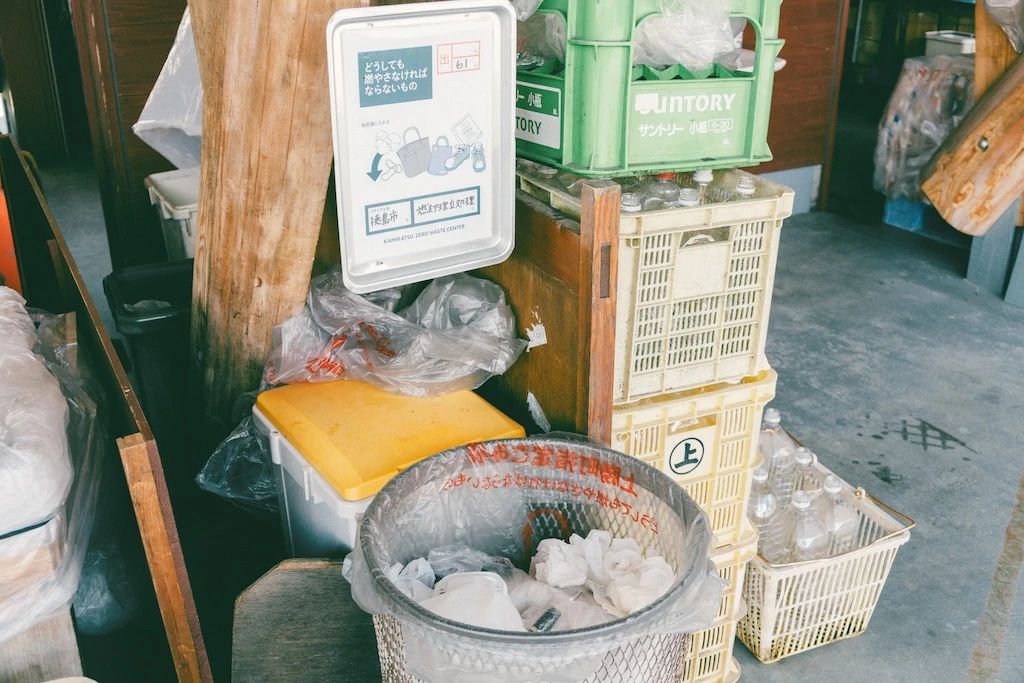
Looking around the Garbage Station, Watanabe and Irobe noticed price signs attached to the waste bins.

Otsuka
If you look at the top right corner of each sign, you'll see two labels: 'In' and 'Out,' along with a price. The 'In' price indicates how much recycling companies will pay for that material per kilogram, while the 'Out' price represents the cost the town must pay to dispose of the waste. In other words, materials that are easier to recycle generate revenue for the town. For example, aluminum, which has a 90% recyclability rate, is priced at 'In 160 yen,' making it the most valuable material here.

Irobe
Seeing the monetary value attached to waste makes it feel much more tangible and relevant.
From Open Burning to a Zero-Waste Leader
Although Kamikatsu now boasts an 80% recycling rate, this transformation was not always the case. Just thirty years ago, there were no formal waste disposal rules, and residents commonly dug pits in the mountains for open-air burning. The shift from this practice to becoming Japan’s first town to declare a “Zero-Waste” policy is a remarkable journey.

Otsuka
Until 1997, open-air burning was a major issue in Kamikatsu. However, the enactment of the Container and Packaging Recycling Law that year prompted the town to establish its first waste collection station—a small prefabricated building where residents sorted waste into nine categories. Since the station was located near former burning sites, it wasn’t a big hurdle for residents to start bringing their waste there instead.
In 1998, the town introduced an incinerator, but it was shut down just two years later due to dioxin concerns. Facing financial constraints and a declining population, Kamikatsu chose to invest in waste reduction instead of incineration. The town’s officials conducted thorough research on recycling, engaging in direct conversations with residents to gain their support. By 2001, they had successfully expanded the waste sorting system to 35 categories. Because Kamikatsu is a small town, officials could build close, face-to-face relationships with residents.
Former Mayor Kasamatsu played a crucial role, bringing strong leadership and reform-minded initiatives. In 2003, Paul Connett, an American expert in zero-waste strategies, visited Kamikatsu to share his insights. That same year, Mayor Kasamatsu made history by declaring the Zero-Waste Policy, committing to eliminate incineration and landfill waste by 2020. To further support this initiative, the Zero Waste Academy was founded in 2005 as a non-profit organization dedicated to managing the Garbage Station and fostering zero-waste awareness through community dialogue.
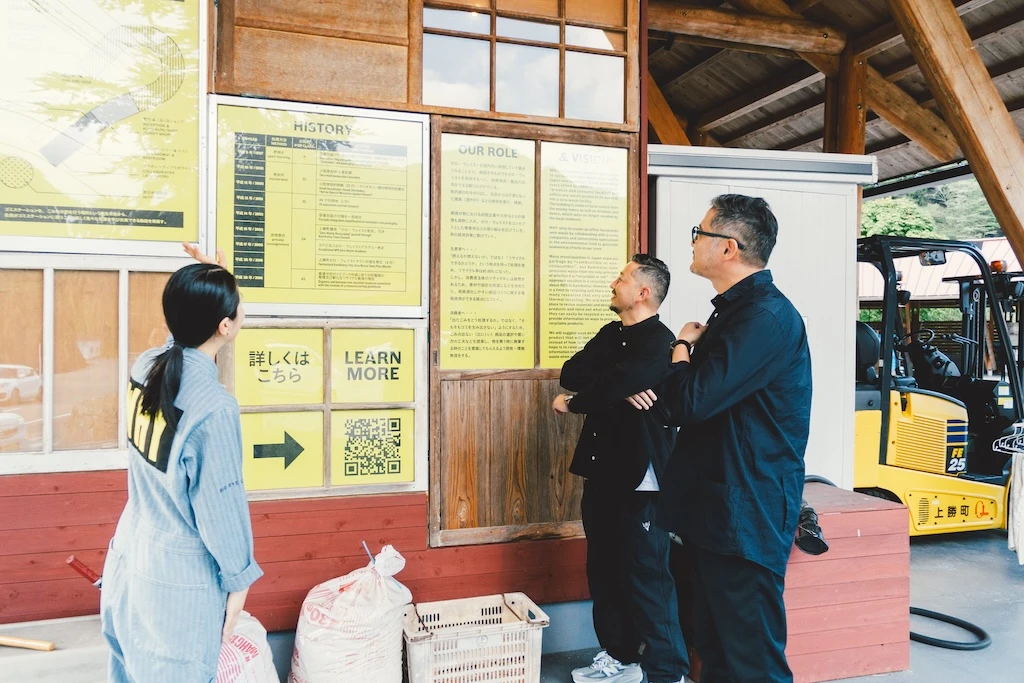
In 2020, the former prefabricated waste collection facility was transformed into the Kamikatsu Zero Waste Center, and the HOTEL WHY began operations. One of the key figures behind this transformation was Tatsuya Tanaka, the center’s CEO. Originally running a sanitation business in Tokushima City, Tanaka was deeply concerned about the region’s declining population.
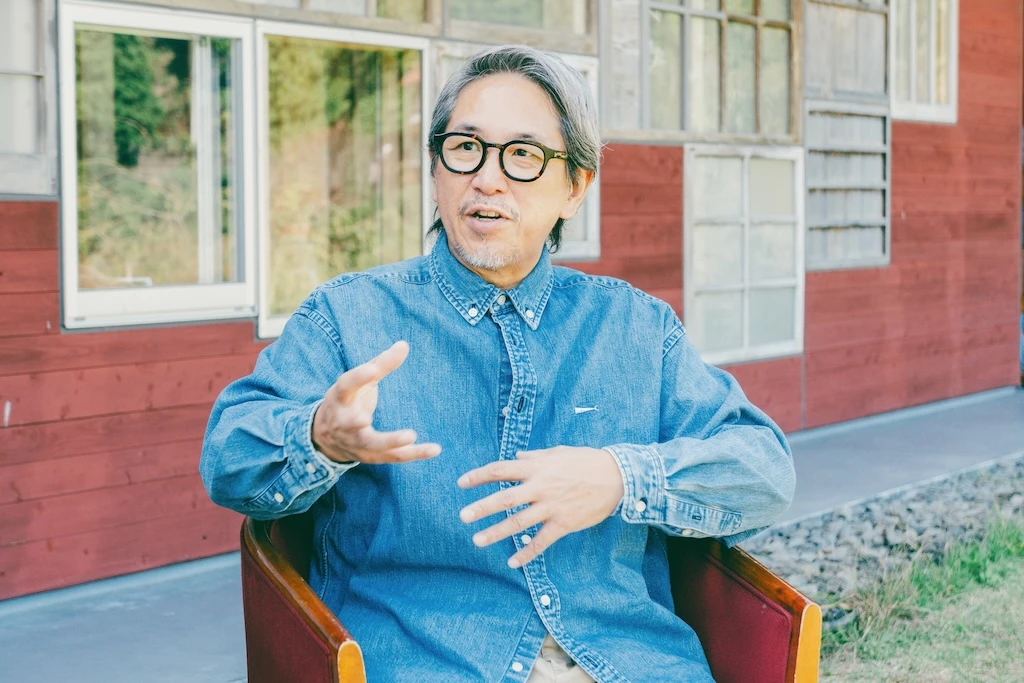
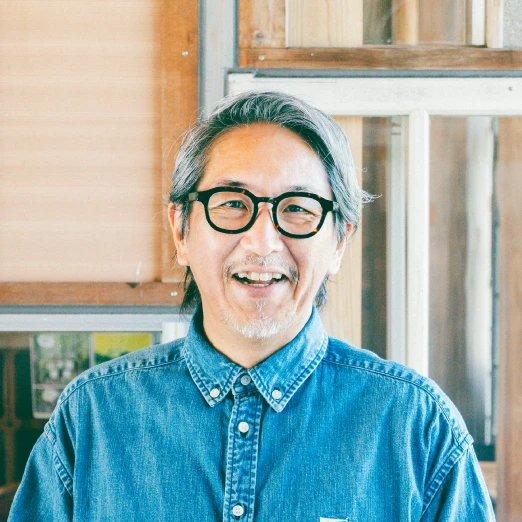
Tanaka
I first got involved in Kamikatsu’s efforts in 2011 when former Mayor Kasamatsu invited me to help revitalize the town. As an outsider, I was amazed by the 35-category waste sorting system and the high recycling rate. I wanted to share this model beyond the town’s borders, which led to the renovation of the Garbage Station. It was essential to create mechanisms that would attract young people to the town. In 2015, I opened the craft beer brewery RISE & WIN Brewing Co., and in 2020, we rebranded the waste station into a multi-purpose public complex—the Kamikatsu Zero Waste Center. These initiatives have been instrumental in promoting Kamikatsu’s unique appeal.
Since then, the Kamikatsu Zero Waste Center has evolved beyond just a waste management site—it has become a place that attracts people, sparking conversations about sustainability. The town’s residents have integrated zero-waste practices into their daily routines, thanks to strong leadership from the town’s administration and close collaboration between local government staff and waste station employees. However, there is another crucial factor behind this transformation.

Tanaka
Kamikatsu sits at the uppermost stream of the Katsuura River. Whether it’s agriculture or wastewater management, the people here have long understood that whatever happens upstream affects those downstream. This awareness is deeply ingrained in the community’s mindset, making it natural for residents to take responsibility for managing their own waste.
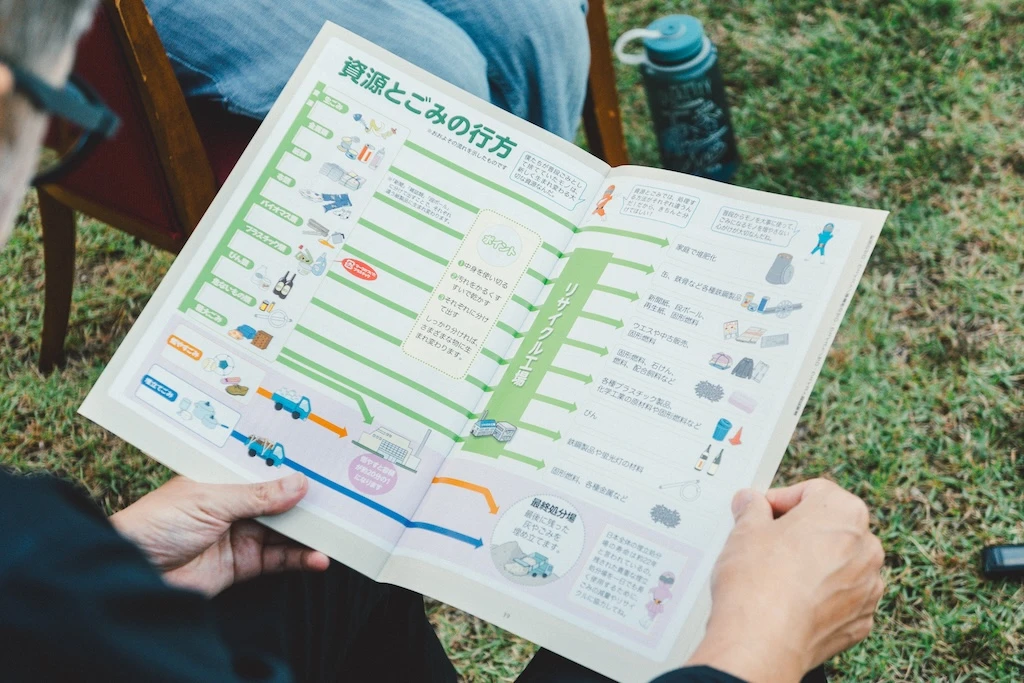
Expanding Awareness Through Enjoyment
Since the Kamikatsu Zero Waste Center opened four years ago, the mindset of “enjoying recycling” has spread beyond this small town to other areas in Japan, inspiring new initiatives for a truly circular society.

Otsuka
Mitsubishi Estate, which aims to achieve a 100% waste recycling rate in the Otemachi-Marunouchi-Yurakucho area by 2030, visited our center a few years ago looking for zero-waste inspiration. This led to the launch of a project focused on improving resource circulation in commercial buildings. We have been sharing our expertise on composting and supporting environmental awareness initiatives within their organization. For example, at TOKYO TORCH, scheduled to open in 2027, a system will be implemented to separate food waste, convert it into liquid fertilizer, and use that fertilizer to grow vegetables for the cafeteria and tenant restaurants.

Tanaka
Recently, Mitsubishi Estate changed the labeling on their waste bins from 'Burnable Waste' to 'Waste That Must Be Burned.' This simple adjustment prompted more people to pause and reconsider their waste disposal habits, leading to improved sorting rates. They also repainted their waste collection areas to make them brighter and more welcoming, which has significantly heightened awareness about waste separation. It’s incredible how small changes can shift people's behavior.
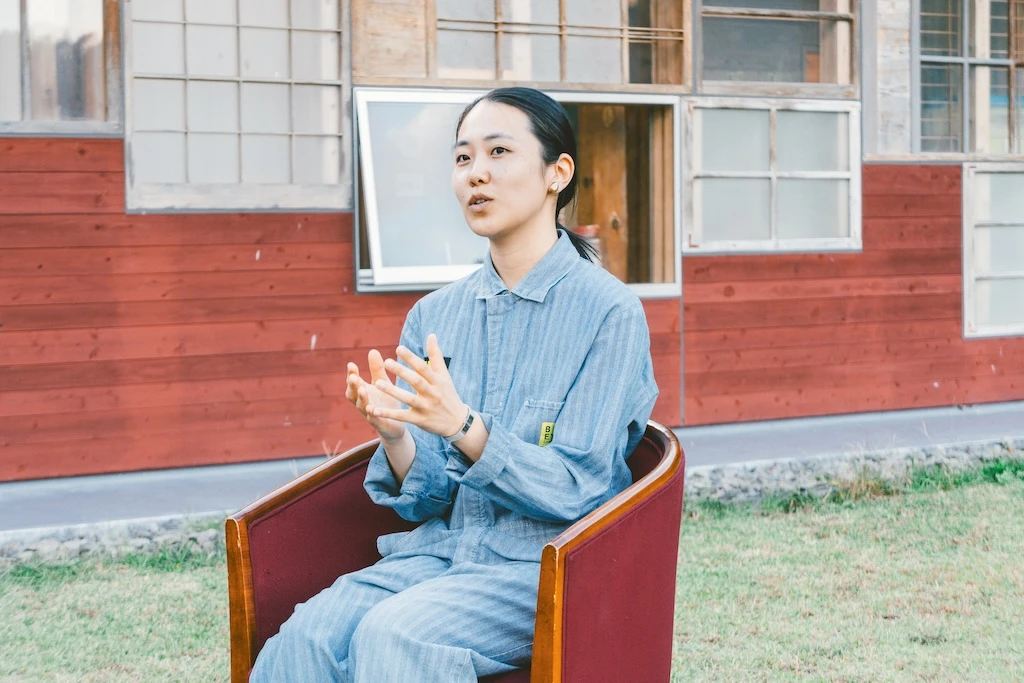

Irobe
It’s not just about managing waste after disposal—we also need to be conscious of consumption itself. In Edo-period Japan, people collected and recycled almost everything. In Germany, children are taught from a young age to give away one item whenever they acquire something new. Having a space that teaches these values can help reshape our attitudes toward consumption. Kamikatsu perfectly embodies the circular philosophy that the Japan Pavilion aims to promote.

Watanabe
There’s a story called A Drop of Water from the Hummingbird. During a wildfire, a small hummingbird carries droplets of water in its beak, trying to extinguish the flames. Other animals laugh at its futile efforts, but the hummingbird simply replies, ‘I am doing what I can.’ The zero-waste movement is similar—we shouldn’t view Kamikatsu as an isolated example but rather as a model that can be expanded. Achieving a world where zero waste is the norm requires individual action. At first, I felt a bit tense and disciplined staying at the center, but by the end, I was having an incredibly enjoyable experience. The warmth of the people, the delicious food—it was simply an outstanding stay.

Irobe
I was deeply impressed by the architecture. The commitment to waste reduction is embedded in the design, creating a truly unique and inspiring space.

Watanabe
Enjoyment and aesthetics can lead to a greater awareness of environmental issues—that’s a powerful value in itself.

Irobe
Not just at the Japan Pavilion, but in various aspects of our work, we should create systems that encourage environmental consciousness.
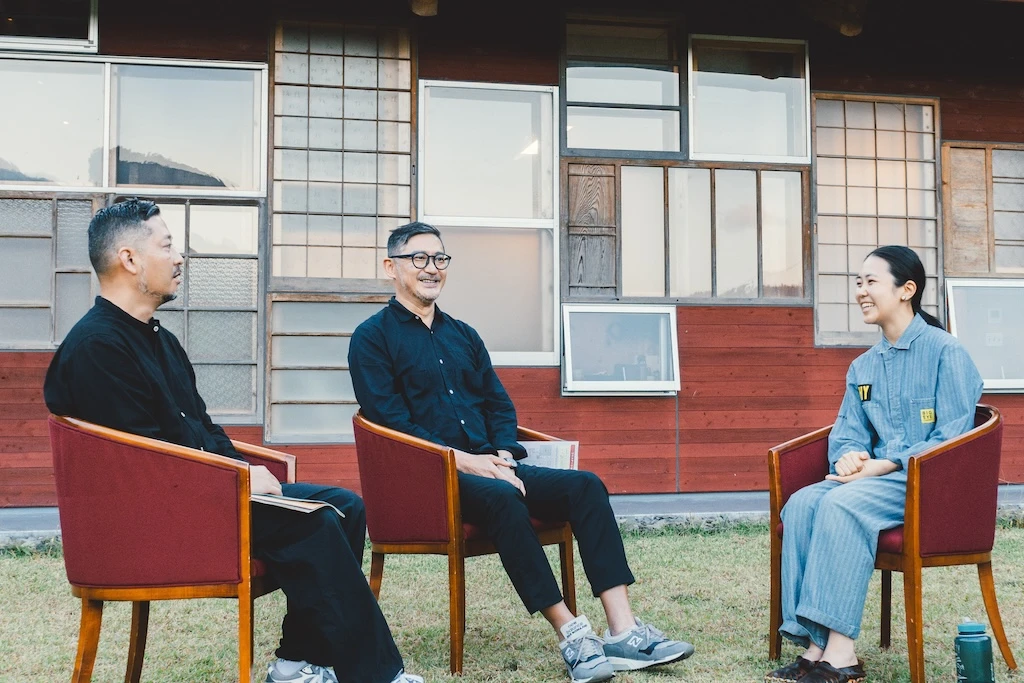
World Expansion of Zero-Waste Initiatives
Kamikatsu is not the only municipality striving for zero-waste.
For example, Osaki Town in Kagoshima Prefecture boasts the highest recycling rate in Japan. Until 1998, all waste was landfilled, but faced with an imminent overflow of landfill sites, the town implemented a waste separation program. By 2006, it had achieved an 80% recycling rate, a figure it continues to maintain today. The Osaki Recycling System, developed through cooperation among residents, businesses, and the government, has gained international recognition. Today, its waste management expertise is even being transferred to Indonesia to aid in local sustainability efforts.
Beyond municipalities, major corporations are also taking proactive steps toward sustainability. One such initiative, mentioned by Otsuka and Tanaka, is Mitsubishi Estate’s “Circular City Marunouchi” project. This ambitious program aims to achieve 100% waste reuse in Tokyo’s Marunouchi area (which includes Otemachi, Marunouchi, and Yurakucho) by 2030. Inspired by a visit to the Kamikatsu Zero Waste Center, Mitsubishi Estate has partnered with the center to share composting expertise and raise environmental awareness among employees. Furthermore, the company is implementing rigorous PET bottle collection across 24 large office buildings and has launched an initiative to collect used cooking oil and repurpose it into Sustainable Aviation Fuel (SAF), contributing to a greener future for air travel.
Building a Circular Society
Kamikatsu’s philosophy of finding joy and beauty in waste reduction aligns with the circularity theme of the Japan Pavilion at Expo 2025.
Through conscious action, creative initiatives, and government support, the zero-waste movement is expanding. As awareness grows, a truly circular society—where waste is minimized, resources are valued, and sustainability is second nature—becomes an achievable reality. And the key to this transformation? Each and every one of us.

Momona Otsuka
Born in 1997, she studied fashion in the UK through the “Tobitate! Study Abroad JAPAN” program. This experience led her to question social issues surrounding clothing and to reconsider what it means to create garments that truly last. After graduating from International Christian University in 2020, she moved to Kamikatsu, Tokushima, and joined the newly opened Kamikatsu Zero Waste Center WHY. As Chief Environmental Officer, she engages in daily dialogues on waste management, working toward the realization of a circular society.

Tatsuya Tanaka
Born in 1969 in Tokushima City, he is the representative of SPEC Bio Laboratory, a company dedicated to ensuring food safety and security through inspection and analysis. His involvement in projects addressing regional challenges led him to engage with initiatives in Kamikatsu, Tokushima. In 2015, as part of efforts to make the town’s environmental initiative, “Zero Waste,” more accessible and understandable, he established the craft brewery RISE & WIN Brewing Co. BBQ & General Store. He also played a key role in launching the Kamikatsu Zero Waste Center (WHY), a public multi-purpose facility that opened in 2020. Additionally, he serves as the representative of BIG EYE COMPANY, the organization responsible for managing the facility.

Yoshiaki Irobe
Head of Irobe Design Institute at Nippon Design Center. With a foundation in graphic design, his work spans a wide range of disciplines, from two-dimensional to three-dimensional design, spatial design, and visual media. He is a member of AGI (Alliance Graphique Internationale), a board member of the Japan Design Committee, a member of Tokyo ADC, and JAGDA, as well as a part-time lecturer at Tokyo University of the Arts. His major projects include VI design for Osaka Metro and Japan’s national parks, signage planning for public institutions such as Ichihara Lakeside Museum and the Museum of Contemporary Art Tokyo, and graphic design for exhibitions like Sony Park. For Expo 2025 Osaka, Kansai, he is in charge of the art direction for the Japan Pavilion. His notable awards include the Yusaku Kamekura Award, ADC Award, SDA Sign Design Grand Prize (Minister of Economy, Trade and Industry Award), and One Show Design Gold Pencil.

Junpei Watanabe
Born in 1977 in Funabashi, Chiba Prefecture, Junpei Watanabe graduated from Waseda University and joined Hakuhodo Inc. in 2000. In 2007, he founded Watanabe Junpei Co., Ltd. Beyond planning advertising campaigns, he works extensively with words, developing corporate slogans, naming products and companies, and even writing lyrics. His work has been recognized with numerous awards, including the Cannes Lions International Festival of Creativity, ACC Awards, TCC Newcomer Award, Nikkei Advertising Award, and Galaxy Awards. He also runs the bookstore “Nohohon BOOKS & COFFEE” in Hokuto City, Yamanashi Prefecture.
Let’s Share!
Every Individual Action Can Help Reduce Waste!
Share your Monthly JP pavilion and circulate your thoughts.
